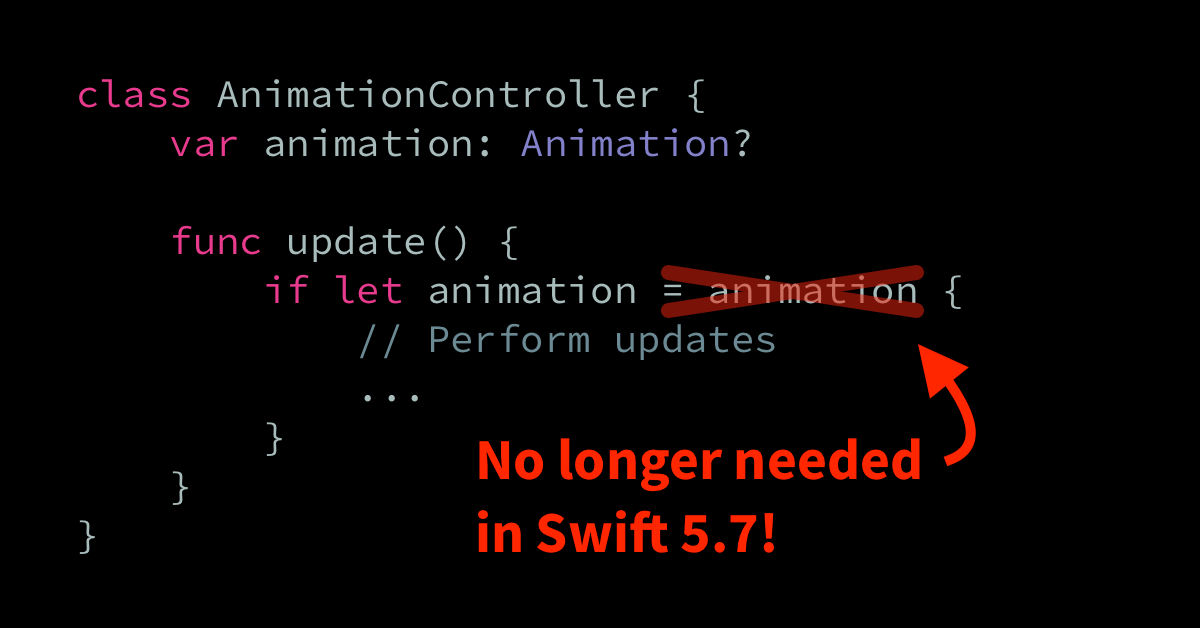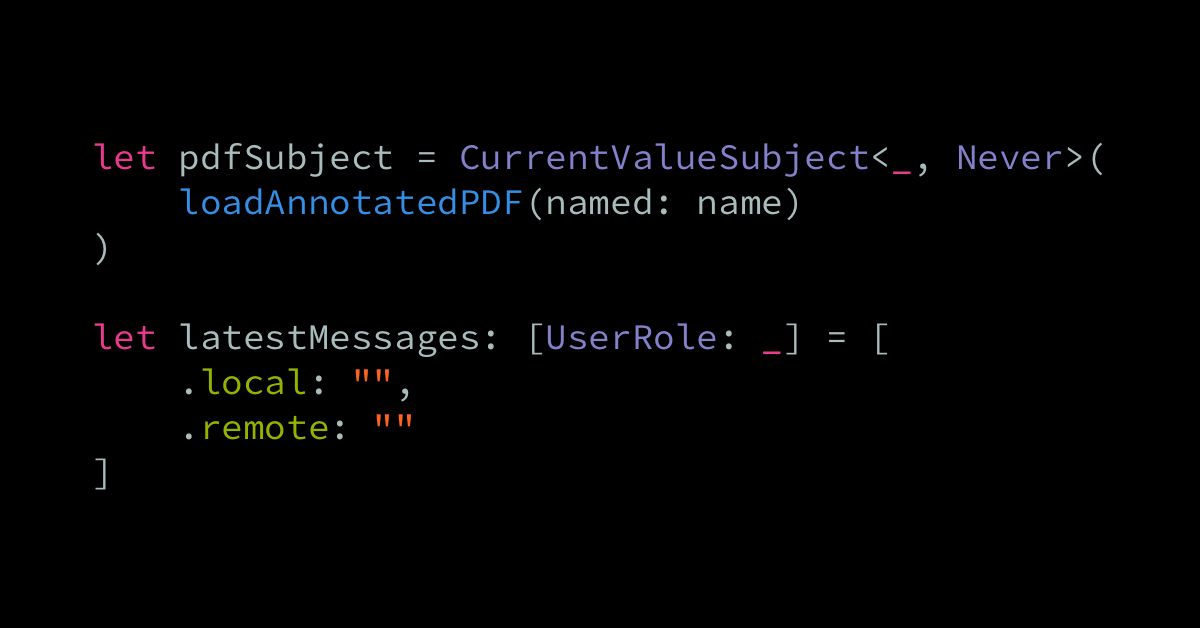SwiftUI’s various stacks are some of the framework’s most fundamental layout tools, and enable us to define groups of views that are aligned either horizontally, vertically, or stacked in terms of depth. When it comes to the horizontal and vertical variants (HStack and VStack), we might sometimes end up in a situation where we want […]
117: “Swift 5.7, generics, and the road to Swift 6”, with special guest Ben Cohen | Swift by Sundell
Ben Cohen, manager of the Swift team at Apple, joins John on this WWDC22 special to discuss Swift 5.7, how generics have been made more powerful and easy to use, and how the language is expected to evolve towards Swift 6. Bitrise: Rock-solid continuous integration for your Swift projects. Go to bitrise.io/swift to get started […]
Combining Swift’s flexible generics system with protocol-oriented programming can often lead to some really powerful implementations, all while minimizing code duplication and enabling us to establish clearly defined levels of abstraction across our code bases. However, when writing that sort of code before Swift 5.7, it’s been very common to run into the following compiler […]
Swift 5.7 introduces a new, more concise way to unwrap optional values using if let and guard let statements. Before, we always had to explicitly name each unwrapped value, for example like this: class AnimationController { var animation: Animation? func update() { if let animation = animation { … } } } But now, we […]
Ever since its original introduction in 2019, SwiftUI has had really strong interoperability with UIKit. Both UIView and UIViewController instances can be wrapped to become fully SwiftUI-compatible, and UIHostingController lets us render any SwiftUI view within a UIKit-based view controller. However, even though macOS has had an NSHostingView for inlining SwiftUI views directly within any […]
Chris Eidhof returns to the podcast to talk about how SwiftUI has evolved since its initial release, to share several key learnings from using it over the past few years, and to discuss concepts like app architecture and state management. Judo: Quickly build native, server-driven UI for iOS and Android, and publish instantly, without having […]
Today it’s been exactly five years since this website first launched, and what a journey it has been! When I started this website after having published weekly articles on Medium for a few months, I honestly had no idea what to expect. I wasn’t even sure if anyone would even find the site to begin […]
Simon Støvring returns to the show to talk about how he built his new text editor Runestone, how to effectively manage an app’s settings, performance tuning, and implementing an app’s core logic as a stand-alone framework. Judo: Quickly build native, server-driven UI for iOS and Android, and publish instantly, without having to submit updates to […]
Swift’s type inference capabilities have been a very core part of the language since the very beginning, and heavily reduces the need for us to manually specify types when declaring variables and properties that have default values. For example, the expression var number = 7 doesn’t need to include any type annotations, since the compiler […]
Sommer Panage returns to the show to discuss Apple’s various accessibility APIs and tools, how to incorporate accessibility support into a team’s overall development workflow, and what it was like being an engineering manager at Apple. Emerge Tools: Optimize your app’s startup time, binary size, and overall performance using Emerge’s advanced app optimization and monitoring […]









